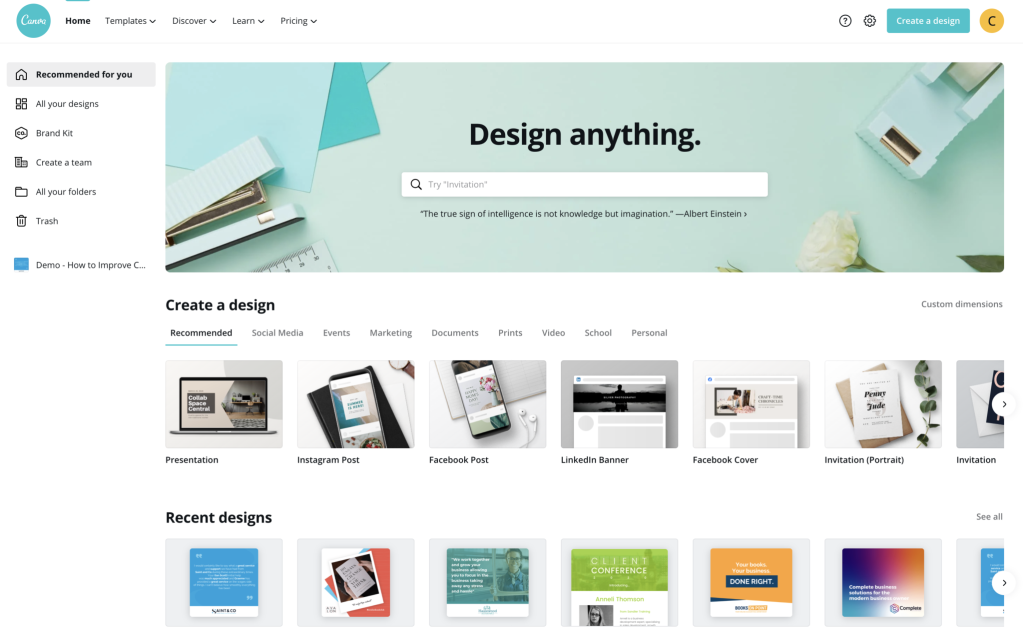
Remember when IHOP turned into IHOB? Everyone was so confused and for several hours was the top trending topic on Twitter.
Why on earth would America’s International House of Pancakes change the P to a B?
What did the B stand for?
Everyone was talking about IHOP.
This is known as a social media campaign. A social media campaign is defined as “a coordinated marketing effort to reinforce or assist with a business goal using one or more social media platforms. Campaigns differ from everyday social media efforts because of their increased focus, targeting, and measurability.”
One campaign that I think has done an incredible job is the #NoLikesNeeded campaign done by Dove. Dove is a brand that is constantly communicating the importance of self-love and that beauty inspires confidence, not anxiety.
In 2015, Dove used this self-esteem project to motivate and encourage girls to realize that the only ‘like’ that counts is their own.
The first step in conducting a social media campaign is research. Dove began by learning that over 1 million UK girls suffer from low body confidence, with two-thirds admitting they feel prettier online than in real life. Other statistics also included:
- 1 in 2 girls say they are using social networks ‘all the time’, across an average of 4 different networks and are increasingly considered as being ‘always on’
- The average UK girl takes 12 minutes to prepare for a single ‘selfie’, thus spending 84 minutes a week getting ready for selfies
- The number of girls who say social networks make them feel worse about their appearance doubles between the age of 13yrs to 18yrs – 30% agree at 13yrs vs 60% at 18yrs
- Girls aged 18-23yrs want three times more ‘Likes’ on social media than girls aged 13-17yrs
On Dove’s website, they then listed ways one can help teenage girls feel better when it comes to their self-esteem. All advice and support were aimed at influencing a more positive, healthy outlook and usage of social media. Dove gave advice such as:
- “Real vs. Online: Remind users that social media is often like a showreel of life’s best bits – attention-grabbing, carefully edited, and inflated. Real-life isn’t like that and it’s important to encourage young females to acknowledge this, value what’s real and what really matters, especially in relation to friendships at this critical age.”
- “True friendship: Encourage them to recognize that social media ‘friends’ or ‘followers’ aren’t necessarily true friends or even acquaintances, and therefore you should think carefully about what she’s sharing in the public domain.”
- “Be a role model: Prioritize good friendships in your own life, too: be positive about the place your friends have in your life and make sure users know how much they value their own two or three closest friends – and how a wider network is great, but not quite the same as a dependable inner circle.”
Along with creating the #NoLikesNeeded hashtag, Dove also included the “Self Esteem Project” section on their website. This tab included resources such as “Building Body Confidence – A Conversation Guide for Parents” and more information for parents, mentors, teachers, and youth leaders.
Dove also included a search bar where users could search through any sort of topic they wanted an article about. Some examples of this are bullying, peer pressure, fashion, diversity, and more. Topics could also be filtered into an age group as well.

Dove continues to promote positivity and self-love every day and that is what makes this brand stand out against others.
SOURCES:
https://www.dove.com/us/en/dove-self-esteem-project.html
https://www.dove.com/uk/stories/campaigns/nolikesneeded-campaign.html






